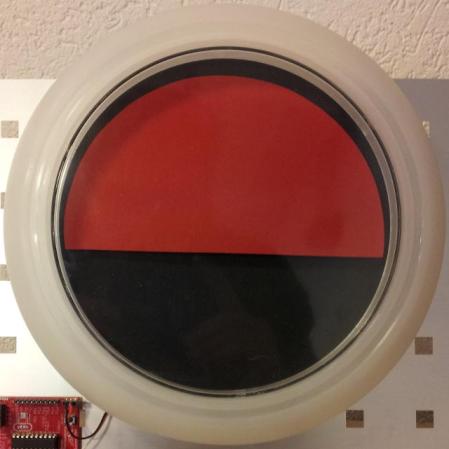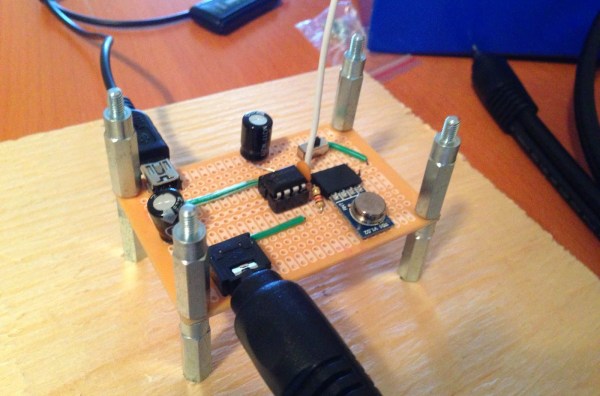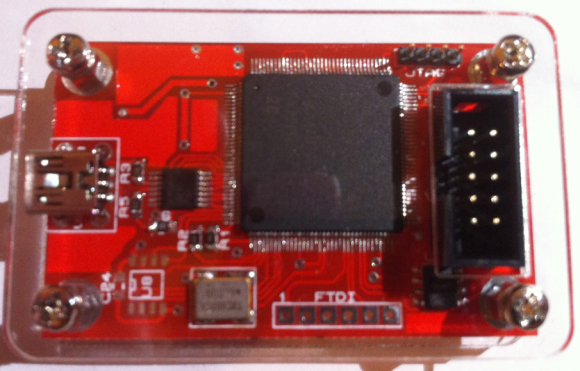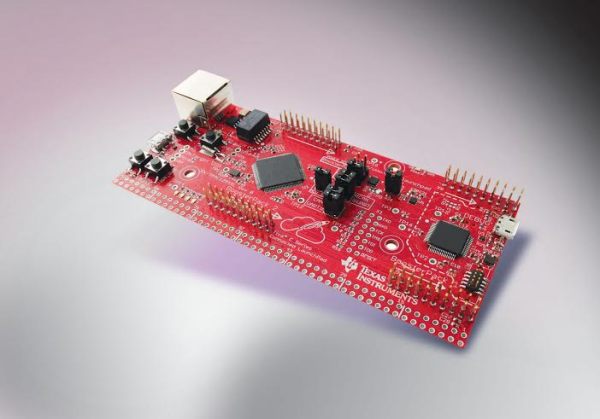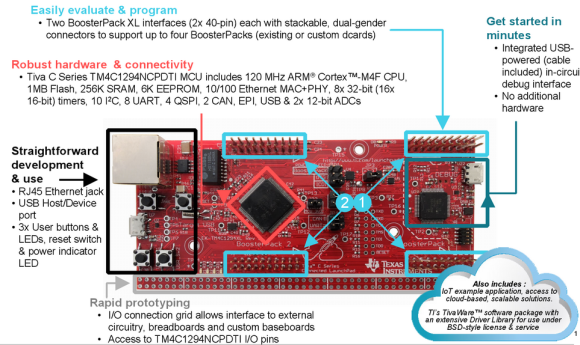Today [Bunnie] is announcing the launch of the Novena Open Laptop. When we first heard he was developing an open source laptop as a hobby project, we hoped we’d see the day where we could have our own. Starting today, you can help crowdfund the project by pre-ordering a Novena.
The Novena is based on the i.MX6Q ARM processor from Freescale, coupled to a Xilinx Spartan 6 FPGA. Combined with the open nature of the project, this creates a lot of possibilities for using the laptop as a hacking tool. It has dual ethernet, for routing or sniffing purposes. USB OTG support lets the laptop act as a USB device, for USB fuzzing and spoofing. There’s even a high speed expansion bus to interface with whatever peripheral you’d like to design.
You can pre-order the Novena in four models. The $500 “just the board” release has no case, but includes all the hardware needed to get up and running. The $1,195 “All-in-One Desktop” model adds a case and screen, and hinges open to reveal the board for easy hacking. Next up is the $1,995 “Laptop” which includes a battery control board and a battery pack. Finally, there’s the $5000 “Heirloom Laptop” featuring a wood and aluminum case and a Thinkpad keyboard.
The hardware design files are already available, so you can drool over them. It will be interesting to see what people start doing with this powerful, open computer once it ships. After the break, check out the launch video.


